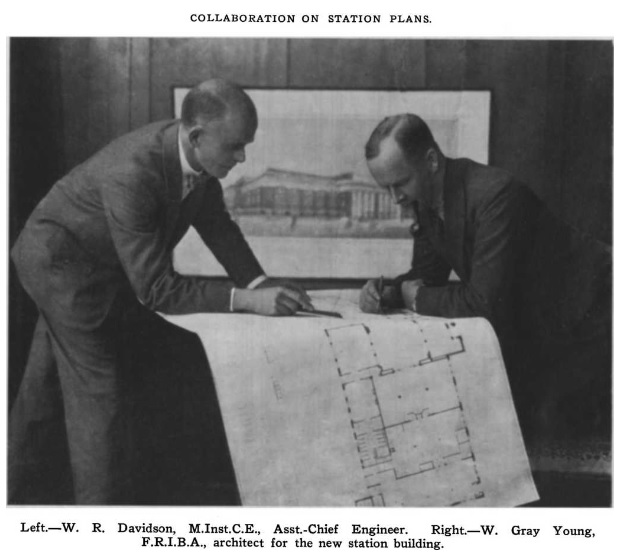William Gray Young
1885 - 1962
William Gray Young is one of Wellington’s pre-eminent architects of the early 20th century. He was born in Oamaru, but moved to Wellington with his family as a child. After leaving school he was articled to the Wellington architectural firm of Crichton and McKay. In 1906 he won a competition for the design of Knox College, Dunedin, and commenced practice on his own account shortly after. He started designing houses at the age of 18 with a home for his father in Kelburn in 1903. His domestic buildings were in various styles including the English domestic revival, Californian bungalow, colonial revival and neo-Georgian. It is for houses in the Georgian style that he is best known. An excellent example is the first he built in this style, Elliott House, which is still standing at 43 Kent Terrace.
Gray Young was elected a Fellow of the New Zealand Institute of Architects in 1913, served on the executive committee from 1914 to 1935, and was President from 1935 to 1936. He was also elected a Fellow of the Royal Institute of British Architects.
Prior to World War I, Gray Young worked in collaboration with Stanley Fearn and Austin Quick, and a formal partnership was formed between Young and Fearn in 1922. He later formed the practice of Gray Young, Morton and Young which is best known for the design of the Wellesley Club, Weir House and the Wellington Railway Station.
Image: W.R. Davidson, "Wellington’s New Railway Station: Layout and Architectural Features" The New Zealand Railways Magazine, Volume 4, Issue 8, December 1, 1929
Sources:
Fowler, Michael. “Young, William Gray”, from the Dictionary of New Zealand Biography. Te Ara - the Encyclopedia of New Zealand, updated 30-Oct-2012
URL: http://www.TeAra.govt.nz/en/biographies/4y3/young-william-gray
Mew, Geoff & Adrian Humphris. “Raupo to Deco: Wellington Styles and Architects 1840 – 1940” (Wellington: Steel Roberts Aotearoa, 2014)
Vorstermans, Robert I. P. “William Gray Young, Architect, 1885-1962,” Victoria University of Wellington, 1982.
WCC Heritage Inventory 2001
Last updated: 11/9/2016 12:20:33 AM

